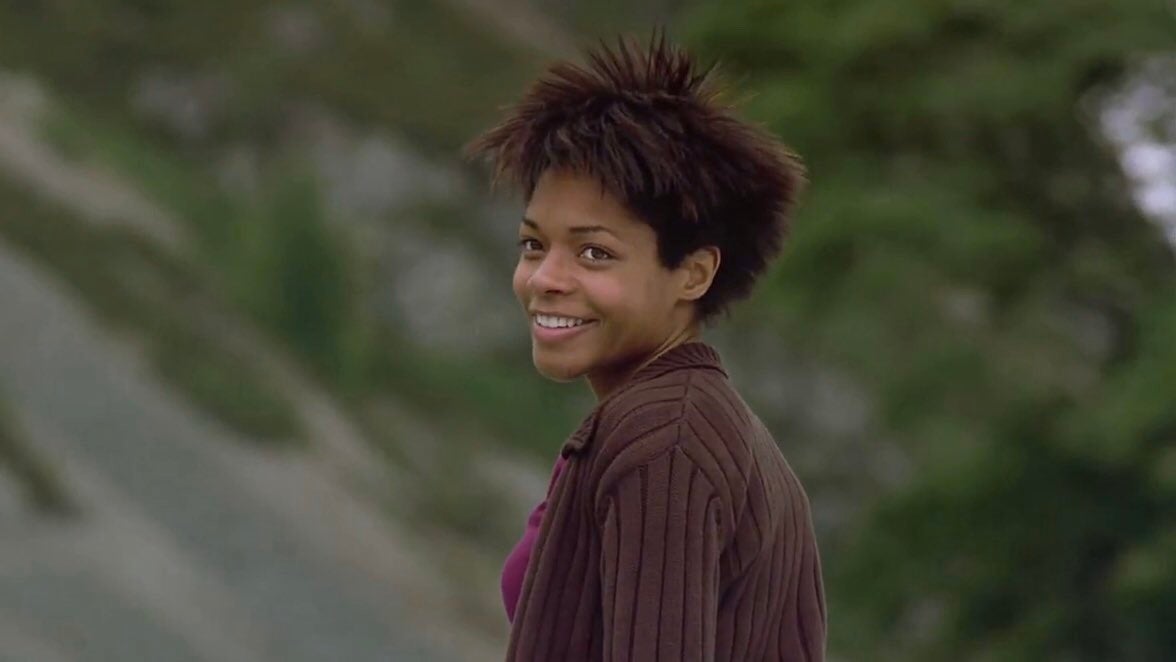
Films frequently serve as a medium for expressing personal experiences, communicating ideas, addressing trauma, and presenting different perspectives. Additionally, they offer a window into the societal viewpoints of the time. This is particularly evident in the horror genre. In its earliest iterations, women were almost exclusively victims—pretty damsels in distress whose only chance of survival, if at all, was through a man. It would take decades before audiences witnessed women fight back on screen. With the emergence of slasher films in the 70s, audiences were introduced to a different kind of female character.
Unlike before, women were now left to face the villain alone. The phenomenon became a staple in the sub-genre in subsequent years, earning a name: The Final Girl. They’re typically a virgin or, at minimum, sexually passive, quick-witted, and avoid drugs and alcohol. As with most industries, the horror industry used to be dominated by white men for quite some time. It was often this reason that female characters lacked complexity. However, the trope has evolved over time, allowing women more agency over their sexuality.
Some of the most popular final girls in horror films are Laurie Strode from Halloween, Sidney Prescott from Scream, and Nancy Thompson from A Nightmare on Elm Street. This brings up the next point: despite modern updates, all the women were white and from suburban, upper-class backgrounds. It begs the question, why aren’t Black women afforded the same opportunity to survive the violence they have endured and tell their story? The lack of diversity and representation in the media reinforces the idea that Black people, specifically Black women, are incapable of telling their own stories and that their narratives are unimportant.
What is a “Final Girl?”
First coined by film theorist Carol J. Clover in 1992, it is one of the most recognizable tropes in the genre. The trope usually works as an answer to the sexually liberated, hedonistic character. As Clover explains in her book Men, Women, and Chain Saws, “She is the one who encounters the mutilated bodies of her friends and perceives the full extent of the preceding horror and her own peril; who is cornered, wounded; whom we see scream, stagger, fall, rise, and scream again. She is abject terror personified.”
As early as 1960, Alfred Hitchcock’s Psycho introduced us to the final girl. Within the film, Lila Crane, the sister of Norman Bates’s initial and most iconic victim, Marion, is among the earliest female characters we witness successfully eluding the killer. It’s important to note that she only survived because of the intervention of a male character. But as times changed, horror movie fans witnessed a shift in storytelling, where women (often white) emerged victorious and seemingly forced male viewers to watch them step into their power.

So, where does that leave Black female characters?
When Black characters did appear in horror films (if at all), they were usually male, and their deaths were commonplace. This is also in keeping with another popular trope: The Black Guy Dies First. Therefore, when Black women made their entryway into the genre, they seemed to suffer the same fate. While she might not be the sole survivor, she could be considered the near-final girl. A trend emerged in the 1990s where white final girls were given a Black friend who would offer advice and support. The best example of this would be Brandy as Karla Wilson in 1998’s I Still Know What You Did Last Summer.
However, Karla survived, unlike many other sassy Black supporting characters, such as Elis Neal’s Hallie in Scream 2. But, of course, that is revealed at the movie’s end. Since then, a few more modern Black final girls have taken to the screen, like Maggie (portrayed by Rah Digga) from Thirteen Ghosts and Selena (performed by Naomi Harris) from 28 Days Later. These characters, however, are only ornamental and one-dimensional, unlike their white counterparts. Moviegoers rarely identify with Black girls or women as victims, and the final girl is typically associated with white purity and femininity.

What is the future of the “Black Final Girl?”
With more societal horror stories examining race and class, Black women have finally been given a chance to be the sole survivor in the story. Among the most recent examples is Jordan Peele’s Us. As a result of Peele’s groundbreaking debut, Get Out, the subgenre of social horror has appeared to be reborn. By subverting the horror genre’s predominantly white perspective, Peele has introduced new ways to explore the genre. With Us, this is done through the female protagonist, Adelaide. She was one of the last Black girls who could assimilate into white society and the safe confines of wealth.
In contrast, when that safety is threatened by a murderous group of doppelgangers (known as the “tethered”), we see a different perspective, where the character confronts her own horror.
Later in the film, Adelaide is revealed to be the real villain and the true member of the tethered. This compels audiences to contemplate which perspective they align themselves with, as Adelaide assumes the roles of victim, villain, and monster. Black women have long been deprived of safety and agency over their bodies in real life and on screen. Seeing Black women in a horror film where they are not disposable would be powerful and affirming. Black women have faced zombies, aliens, murderous psychopaths, and other terrifying horrors on the silver screen. It’s time for Black women to take center stage in slasher films as well.
